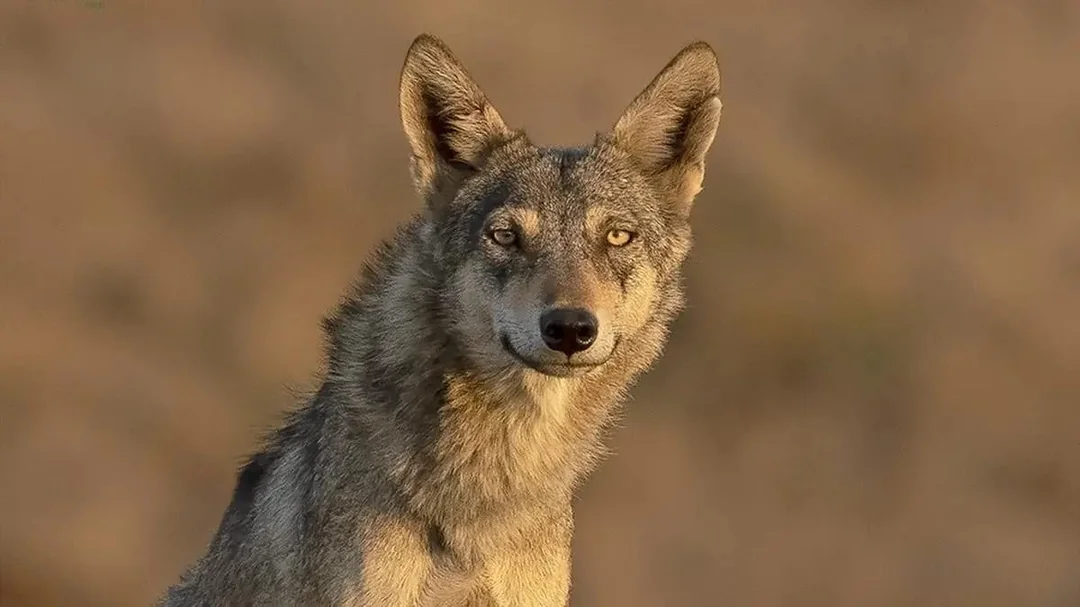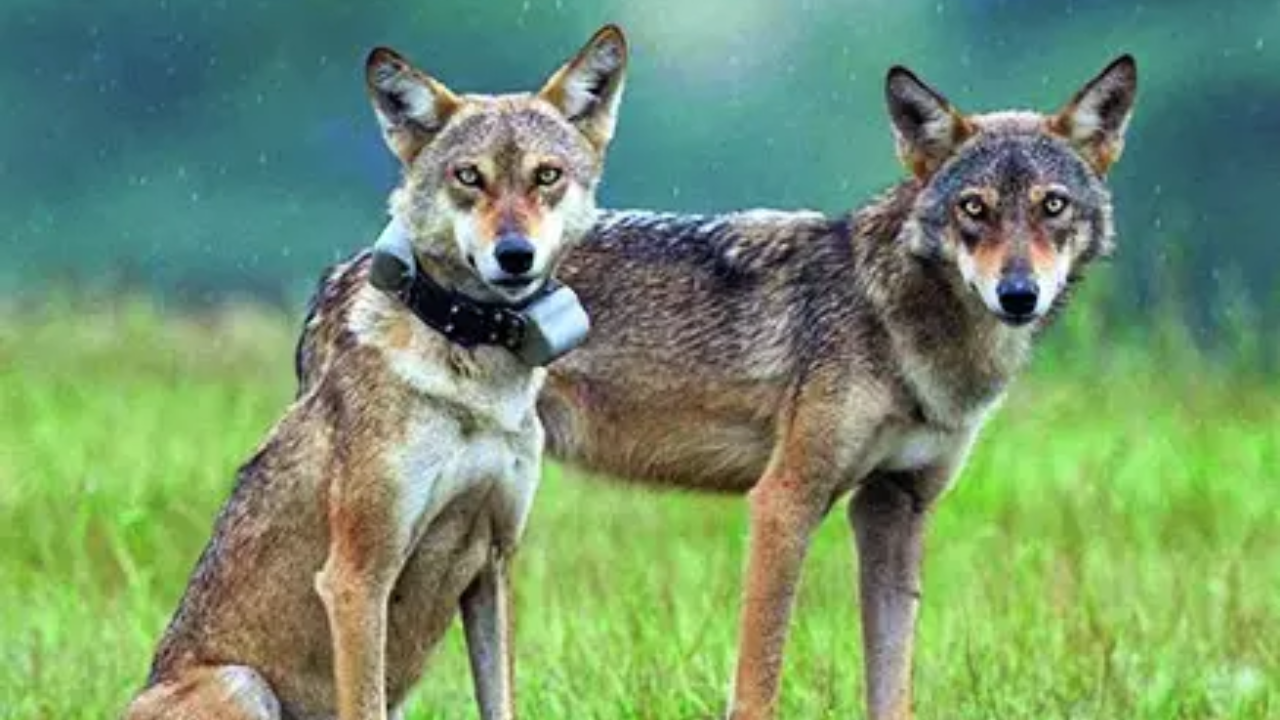“Indian Wolf: Ancient Lineage May Get Full Species Status, IUCN Classifies as ‘Vulnerable’”
- bykrish rathore
- 17 October, 2025

The Indian wolf (scientific name Canis lupus pallipes) is at the center of a major shift in wildlife conservation and taxonomy. For the first time ever, the International Union for Conservation of Nature (IUCN) has evaluated the Indian wolf separately from the broader grey wolf complex and signaled that it may warrant recognition as a distinct species. This development marks an important milestone for this ancient and genetically unique lineage.
Ancient Origins & Unique Lineage
Genetic studies have long suggested that the Indian wolf represents one of the oldest surviving wolf lineages in the world. Researchers have found evidence that this lineage diverged from other wolf lineages millennia ago, adapting distinctively to semi-arid plains, scrub forests, and open grasslands of the Indian subcontinent.
This wolf has adapted to hot, dry environments, displaying physical attributes that distinguish it from high-altitude or temperate-region wolves—leaner frame, lighter fur, less dense undercoat, among others. These traits are considered evolutionary adaptations to its habitat.
Population, Threats, and Status
According to the recent IUCN evaluation, only about 2,877 to 3,310 mature Indian wolves remain in the wild across India and Pakistan. Because much of their range lies outside protected reserves, they face serious threats including habitat loss, prey base decline, human persecution, and conflicts with livestock owners.
The IUCN Red List now classifies the Indian wolf as Vulnerable (A2ae; C1), a status that reflects both its small population size and projected decline in those numbers over coming generations.
Taxonomic Implications
If the Indian wolf is officially recognized as a full species, its status would shift from a grey wolf subspecies to a distinct member of the Canis genus. This reclassification could help in boosting its conservation priority globally. Some sources suggest that with this recognition, it would be added as the eighth species in Canis.
Such recognition is not just academic—it can have legal, conservation funding, and policy implications. Distinct species often attract more focused protective measures, tailored conservation strategies, and international attention.
Conservation & Future Directions
Recognition by IUCN brings both urgency and opportunity. Conservationists are calling for:
Stronger habitat protection, especially given that about 12.4% of their range falls within protected areas.
Measures to mitigate human–wildlife conflict, including compensation schemes, awareness in livestock‐rearing communities, and conflict hotspots mapping.
Monitoring feral dog populations, since competition and disease transmission from dogs pose threats.
Genetic studies and conservation plans that take into account its ancient lineage to maintain genetic distinctness and prevent hybridization.
Why It Matters
Recognition of the Indian wolf as a distinct species would underscore the importance of preserving not just species but evolutionary history. It highlights how much we still have to learn about biodiversity, even for large carnivores. For India and Pakistan, this could mean revisiting wildlife protections, stricter enforcement of laws, and more funding for monitoring and protection.

Note: Content and images are for informational use only. For any concerns, contact us at info@rajasthaninews.com.
"इको-फ्रेंडली इनोवेश...
Related Post
Hot Categories
Recent News
Daily Newsletter
Get all the top stories from Blogs to keep track.











